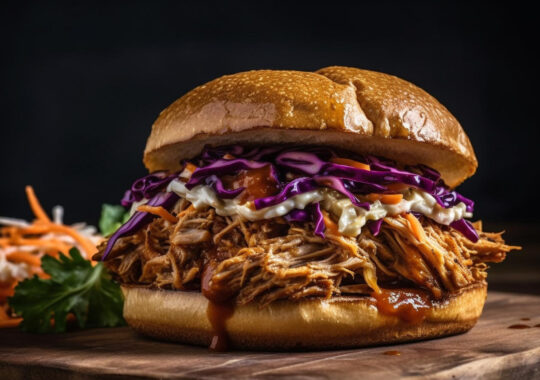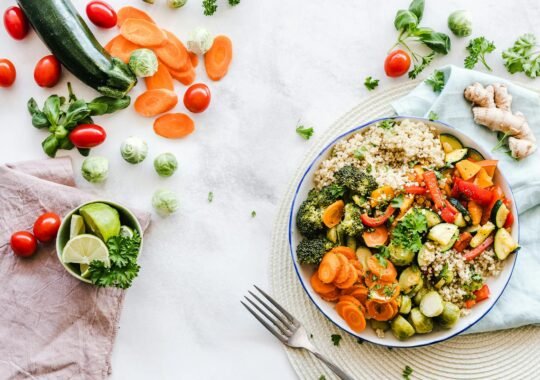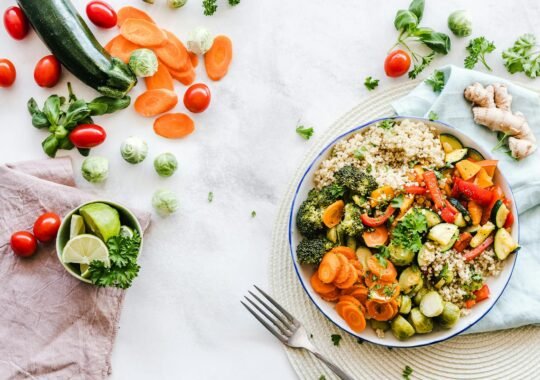Just like humans, our pets are increasingly suffering from obesity. It’s hard to know how much you’re giving your cat or dog as you pour it or scoop it onto their plate.
Weigh it Out
The best thing you can do is to weigh out the exact quantity of food which is recommended on the tin or the packet. These amounts are usually based on the weight of the animal, so it is helpful if you have some kind of digital scale to initially weigh your pet (and then to weigh the food). If you then put the food into your pet’s dish, the quantity will be easier to guess by eye in future. Your vet can weigh your pet if this isn’t something you are able to do at home and also tell you if your pets are currently overweight or not. Keep a close eye when feeding the recommended amount of food as these are blanket guidelines which don’t always take into account the breed, metabolism and activity levels of individual pets. If your pet is gaining or losing weight faster than you would like, adjust the amount accordingly.
Formulation
You should always keep an eye on the formulation of the food you are feeding to your pets. Cats need a very high protein diet (similar to what it would be in the wild) because their bodies don’t break down carbohydrates easily. Dogs, however, can eat a much wider variety of vegetables and cereals as their metabolisms process these effectively.
Water Content
Cats in the wild get most of their water from their prey, which is usually around 70% water. This means that cats who are only fed dry cat food can become dehydrated unless there is fresh water always available for them.
The solution, of course, is the same for cats and dogs as it is for humans. A healthy, balanced diet is the best way for everyone. If you can give your pet a variety of the choices available to you, they will remain fitter for longer, bringing the same joy to your life, day in, day out.




